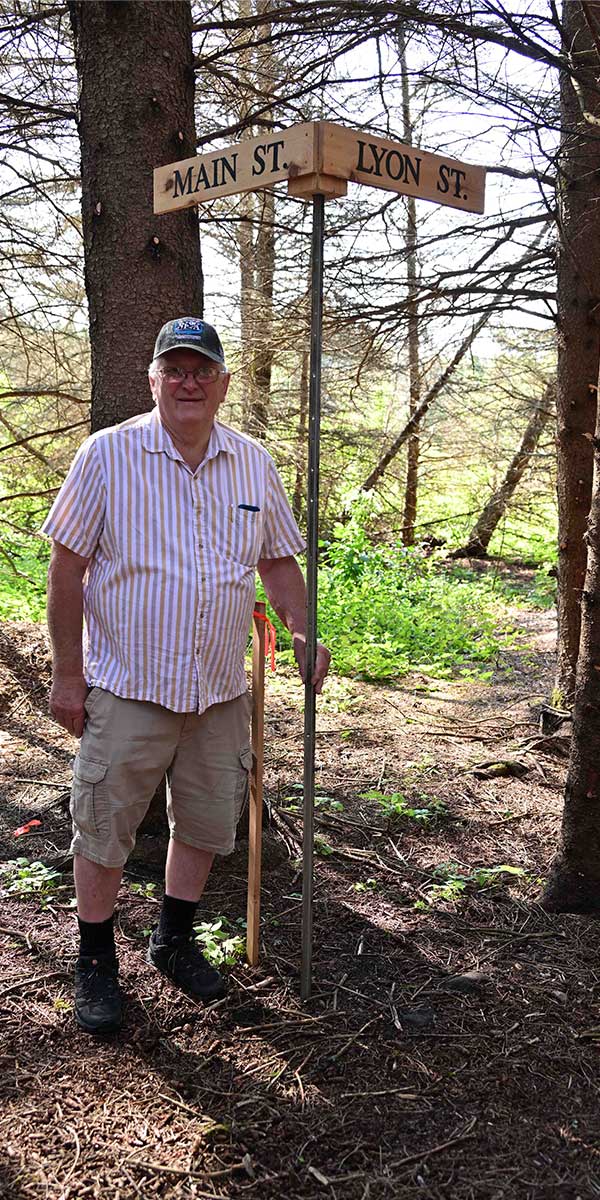MICHIGAN—The massive, innovative and expensive engineering project at the 96-year-year-old Brandon Road Lock and Dam on the Des Plaines River south of Chicago, designed to block invasive carp from reaching Lake Michigan, is almost ready to go with funding and support in place; that is if the US Army Corps of Engineers (USACE) and the state of Illinois can come to an agreement with Midwest Generation, a power company.
“It’s definitely good news that all the local funding is in place as well as the federal funds needed and USACE is ready to get the project started,” said Molly Flanagan, of the Alliance for The Great Lakes (AFTGL). “The designs and engineering are being finished up so the first year of construction of the barriers can begin.”
However, Ms. Flanagan explained, “the Army Corps can’t access the funds until they can reach a project partnership agreement with the state of Illinois. And the reason the state is hesitant is because to build the barrier they need land to stage the construction.”
The land is owned by Midwest Generation. “This land would need to be purchased and there are concerns that the land is contaminated,” said Ms. Flanagan.
The Monroe News reported that according to an Environmental Integrity Project website, one of the sites, an electrical generating station, is contaminated with cobalt, manganese, sulfate, antimony nickel, cadmium and lead.
“This property, owned by Midwest Generation, is more than likely contaminated with various substances,” Marc Smith, policy director at the National Wildlife Federation,” told The Monroe News August 27. “However, it is our hope that USACE and Illinois can find a solution to this and advance this project across the finish line. Invasive carp continue to swim towards the Great Lakes, and we can’t afford another delay.”
“It’s urgent this agreement get signed because at the end of September the USACE funding runs out and the money for design and engineering are reassigned to other projects along with staff to other projects,” said Ms. Flanagan.
The $1.146 billion project, with 90 percent US federal and 10 percent state funds from Michigan and Illinois, is meant to help prevent catastrophic damage to the $7 billion Great Lakes fishery and prevent until disruption to the $15 billion boating industry.
The new impediments to electrical barriers now in place at the Brandon Lock would be added by engineers to block fish that can grow to four feet and 100 pounds. The new barrier will produce sound, electricity and a first of its kind locking mechanism to flush lifeforms out of the river and a bubble curtain, a wall of bubbles, to block carp.
The three species of invasive carp, bighead carp, silver carp and grass carp, were imported to the US in the 1970s to control nuisance algal blooms in wastewater treatment plants and aquaculture ponds, as well as for human food. They grow quickly and can outcompete other fish for food, according to the Great Lakes Fishery Commission.
The Monroe News reported that according to the Michigan Department of Natural Resources, these species of invasive carp are moving toward Michigan and threaten the fisheries. If these carp become established in Michigan waters, they will eat the food supply that native fish depend on and crowd them out of their habitat.
The Brandon Road project is in the last stage of design. In addition to bubbles and sound barriers, the project will have an automated barge-clearing deterrent.
“If an agreement is reached the construction would start by July 2024,” said Ms. Flanagan. The project would take six to seven years to complete.
“We are hoping for good news in the next couple of weeks,” said Ms. Flanagan.





